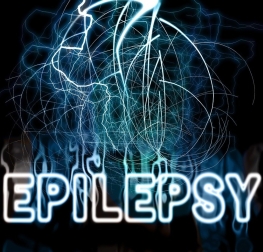Our Services
Epilepsy Surgery

Overview
Epilepsy being one of the most common neurological diseases in the world is most often controlled through proper medication. But when patients fail to respond to the medical treatment, surgery is required to control seizures. Generally, surgery is recommended to those patients who have failed to respond to two types of medications and their seizures are originating in the same area of the brain. Surgery removes that area of the brain where seizures are originating.
The two main goals of epilepsy surgery are:
- To greatly improve a patient’s seizure control
- To improve the quality of his or her life.
Surgical Treatment of Epilepsy
Surgery is recommended to those patients who have failed to respond to two types of medications and their seizures are originating in the same area of the brain.

The goal of surgical treatment is to eliminate the abnormal electrical discharges from the brain that result in seizure disorders. This is done through a variety of neurosurgical techniques such as removal of abnormal brain tissue, disconnection of abnormal brain tissue from the surrounding normal brain structures and procedures that modulate the abnormal function of the brain to restore normal neurological function.
Neurosurgeons at Citi Neuro Centre work closely with neurologists, neuropsychologists, neurophysiologists, and neuroradiologists with special expertise in the evaluation of patients with seizure disorders. An extensive evaluation and testing process is required to identify the part of the brain responsible for seizures and to assess the appropriateness and impact of surgical intervention. The center has state-of-the-art diagnostic technology including EEG, Video EEG, MRI of Brain, Interictal PET Scan, Neuropsychology testing, Psychiatric evaluation, functional brain MRI, and invasive (intracranial) monitoring.
If pre-surgical evaluation suggests surgery may be beneficial, patients may undergo one of the following procedures:
- Selective amygdalo-hippocampectomy - Selective removal of the medial temporal structures. This operation is offered to patients with mesial temporal sclerosis.
- Anterior temporal lobectomy - Removal of the anterior temporal lobe including the medial temporal structures.
- Extratemporal resection - Removal of epileptogenic cerebral cortex outside the temporal lobe.
- Functional hemispherectomy - Functional disconnection of the hemisphere in patients with severe unilateral damage and intractable epilepsy.
- Corpus Callosotomy - Sectioning of the corpus callosum to disconnect the two brain hemispheres and prevent the spread of seizures from one half of the brain to the other
- Multiple subpial transection - Transection of the cortex without removal when the epileptogenic zone is in a functionally important area, such as the motor and language areas.
Epilepsy surgery is a neurosurgery and the risk associated with it and there is some mild discomfort afterward. The recovery period varies for each individual. The hospital stay also varies, depending on the specific procedure performed. Most people can resume normal activities 2 to 8 weeks after the operation.